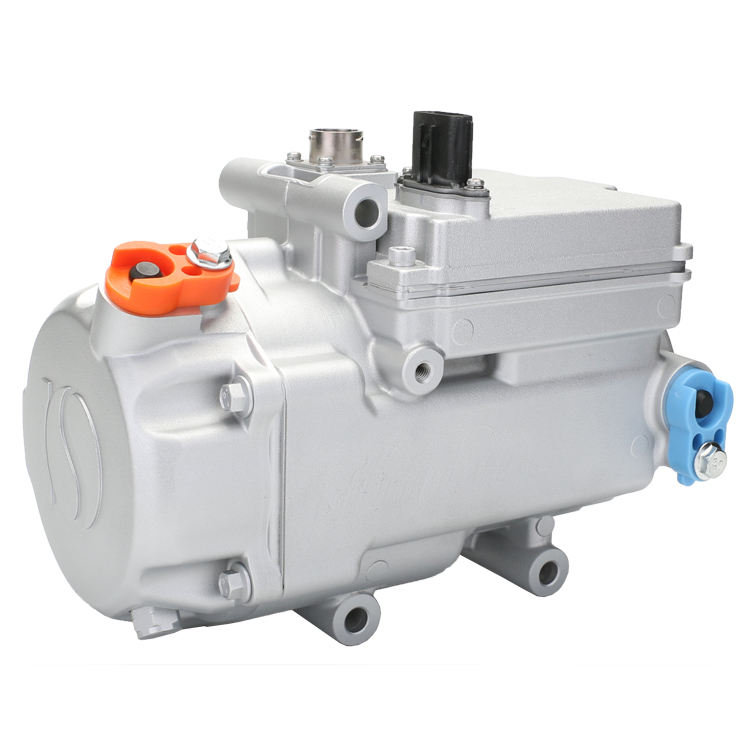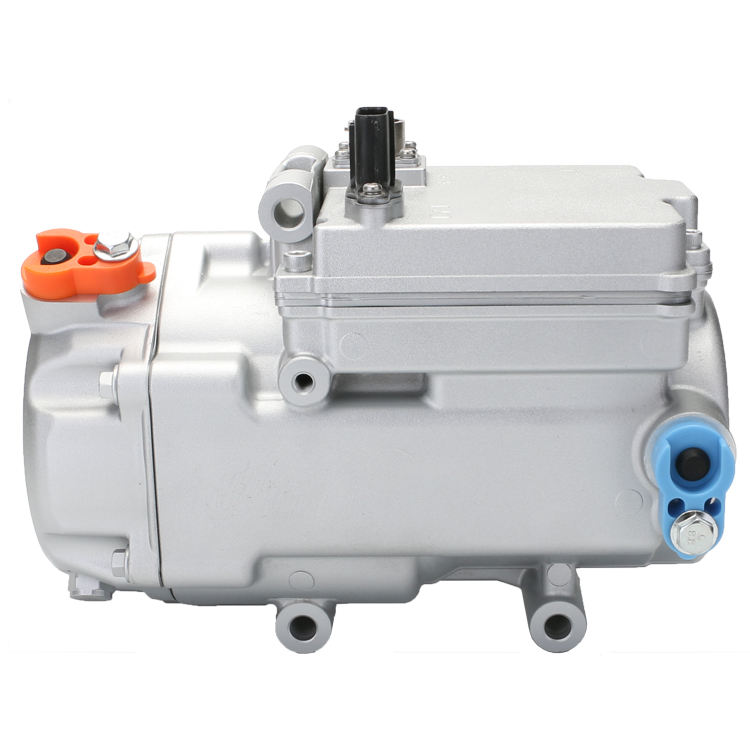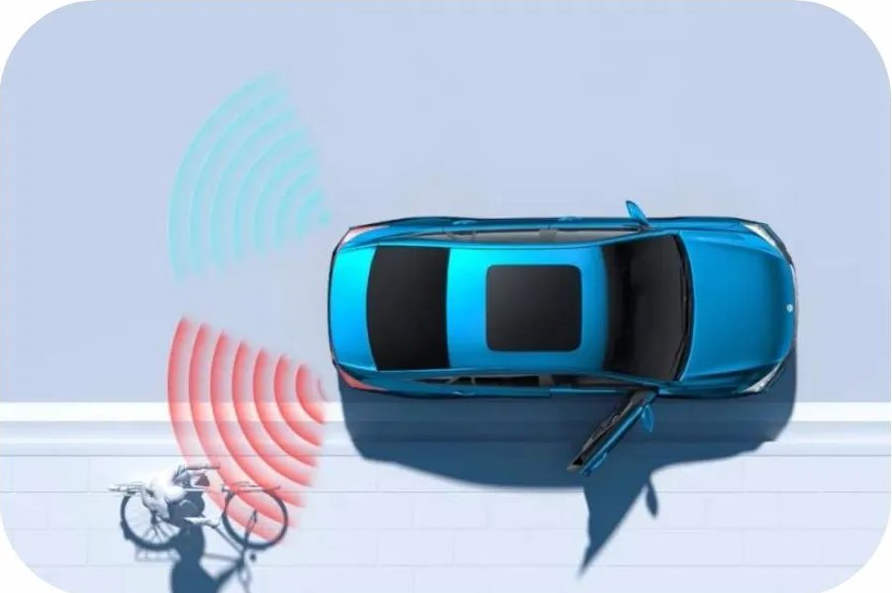Urban NOA has an explosive demand base, and urban NOA capabilities will be key to the competition for intelligent driving in the coming years
High-speed NOA promotes the overall NOA penetration rate, and urban NOA has become an inevitable choice for Oems to compete in the next stage of assisted driving
In 2023, the sales volume of standard NOA models for passenger vehicles in China has advanced by leaps and bounds, and the penetration rate of NOA has shown a steady upward trend. From January to September 2023, the penetration rate of high-speed NOA was 6.7%, an increase of 2.5pct. The urban NOA penetration rate was 4.8%, an increase of 2.0pct. High-speed NOA penetration is expected to be close to 10% and urban NOA is expected to exceed 6% in 2023.
The number of new cars delivered with standard NOA until 2023 is growing strongly. Domestic high-speed NOA technology has matured and promoted the overall NOA penetration rate, and the layout of urban NOA is an inevitable choice for Oems in the next stage in the field of assisted driving. The development of high-speed NOA technology tends to be mature, and the price of related models equipped with high-speed NOA has an obvious downward trend.
Important models stimulate the market's attention and recognition of urban NOA, and 2024 is expected to become the first year of domestic urban NOA.
Intelligent driving has become an important consideration for many users to buy a car, which has greatly promoted the awareness and acceptance of urban NOA in the market.
Layout city NOA has become the current choice of domestic mainstream car companies, most of which will land at the end of 2023, and 2024 is expected to become the first year of domestic city NOA.
Trend 3: Millimeter wave radar SoC, accelerate millimeter wave radar "quantity and quality" penetration
Vehicle-mounted millimeter wave radar complements other sensors well and is an important part of the perception layer
Millimeter wave radar is a kind of radar sensor that uses electromagnetic waves with a wavelength of 1-10mm and a frequency of 30-300GHz as radiation waves. The automotive field is the largest application scenario of millimeter-wave radar at present, mainly for auxiliary driving and cockpit monitoring.
Millimeter wave radar recognition accuracy, recognition distance and unit price are between Lidar, ultrasonic radar and camera, is a good complement to other vehicle sensors, together to form the perception system of intelligent vehicles.
"CMOS+AiP+SoC" and 4D millimeter wave radar push the industry over the critical point of large-scale development
The MMIC chip process has developed into the CMOS era, and the chip integration is higher, and the size and cost are reduced
CMOSMMIC is more integrated, bringing cost, volume and development cycle advantages.
AiP(Packaged antenna) further improves the integration of millimeter wave radar, reducing its size and cost
AiP(AntennainPackage, package antenna) is to integrate transceiver antenna, MMIC chip and radar special processing chip in the same package, which is a technical solution to promote the millimeter wave radar to a higher integration. Since the overall area is greatly reduced and the need for high-frequency PCB materials is bypassed,AiP technology has led to the birth of smaller and less costly millimeter wave radars. At the same time, the more compact and integrated design makes the path from the chip to the antenna shorter, bringing lower power consumption and higher efficiency, but the use of small antennas will lead to reduced radar detection range and angular resolution.
Millimeter wave radar SoC chip opens the era of high integration, miniaturization, platform and serialization
Under the background that CMOS technology and AiP packaging technology of millimeter wave radar are mature and widely used, millimeter wave radar has gradually evolved from separate modules to "millimeter wave radar SoC" with highly integrated modules.
Millimeter wave radar SoC development and large-scale production is difficult, master the core technology and stable mass production of radar chip manufacturers have strong competitiveness.
Millimeter wave radar chip manufacturers who master the core technology and can stable mass production will share more market share in the future.
The rapid growth in demand for autonomous driving, domestic substitution and extension scenarios opens up market space.
Combined with reduced sensor costs and improved performance, multi-fusion solutions are more competitive in the long term than pure vision.
The multi-sensor fusion route is more stable than the pure vision scheme in complex driving scenarios. The pure vision scheme has the following problems: easy to be affected by environmental light, difficulty of algorithm development and huge amount of data required for training, weak ranging and spatial modeling ability, and low reliability in the face of scenes outside the training data.
The acceleration of automatic driving penetration has promoted the increase in the carrying capacity of millimeter wave radar, and the future market space is considerable
Domestic millimeter wave radar ushered in the synchronous growth of the "overall scale of assembly vehicles" and "bicycle carrying volume", and the continuous growth of the demand base has made the market space of millimeter wave radar and chips continue to open.
On the one hand, in the new models launched by the Oems, the auxiliary driving function has gradually become standard and has brought about the overall scale growth of vehicles equipped with millimeter wave radar.
On the other hand, in the context of the accelerated penetration of global L2 and above levels of automatic driving, there is huge room for growth in the number of millimeter-wave radar bicycles.
The cockpit millimeter wave market is gradually maturing and is expected to become the next growth pole of the industry
Millimeter wave radar in cockpit will become a new hotspot. The intelligent cockpit has become one of the hot spots in the future competition of intelligent cars, and the millimeter wave radar installed on the roof of the cockpit can detect and identify the whole area and the whole target, and is not affected by the shielding.
China's New Vehicle Evaluation Code (C-NCAP) and the National Highway Traffic Safety Administration (NHTSA) are also working on new rules that would mandate the installation of an "early warning system" in cabins to alert people to check the back seat, especially for children.
Post time: Jan-13-2024











